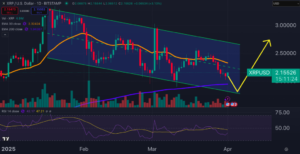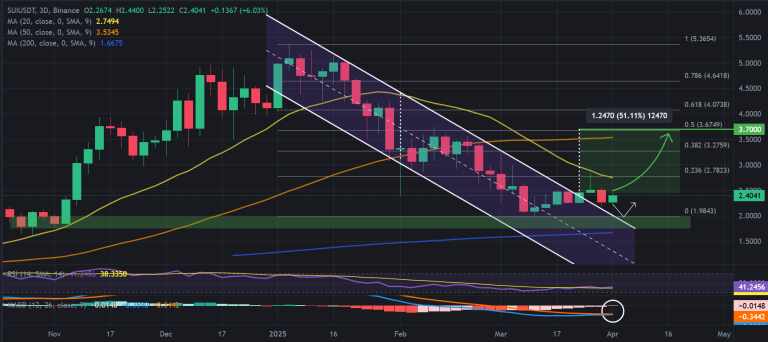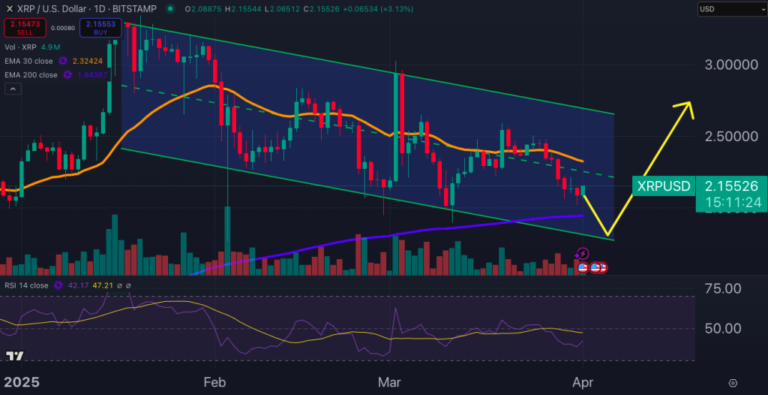Last updated:
 Why Trust Cryptonews
Why Trust Cryptonews

Ethereum co-founder Vitalik Buterin has outlined a forward-thinking plan for enhancing the Ethereum blockchain, known as “The Splurge.” The Splurge is a critical part of Ethereum’s roadmap as it seeks to tackle numerous technical challenges, including improving the Ethereum Virtual Machine (EVM) and developing cryptographic safeguards to protect against potential future threats posed by quantum computing.
While quantum computers that can break encryption are currently hypothetical, Buterin strongly emphasized that preparing for these future developments remains an essential aspect of the network’s evolution.
The Splurge roadmap also aims to refine transaction fee economics and implement account abstraction for more versatile user interactions.
The milestones leading to The Splurge, such as The Merge, The Surge, and The Scourge, have focused on scalability, efficiency, and security, establishing Ethereum’s foundation to pursue the advanced cryptographic upgrades that Buterin envisions.
Preparing Ethereum for a Quantum Future: Is Cryptography Secure Anymore?
The Splurge’s main objective is equipping Ethereum with cryptographic mechanisms to counter quantum computing threats.
Although Buterin acknowledged that genuinely powerful quantum computers “do not even exist” in functional forms, he sees value in developing quantum-resistant algorithms well before their potential arrival.
Quantum computers, if realized to their full potential, could theoretically break traditional cryptographic protections.
The Splurge roadmap includes laying the groundwork for alternative encryption methods, such as lattice-based cryptography, that could resist quantum attacks, ensuring that Ethereum remains secure despite potential future quantum advancements.
Ethereum’s next scheduled upgrade, Pectra, will implement the EVM Object Format (EOF), a significant improvement for the EVM. EOF will provide a structured framework, separating code from data, to facilitate more efficient smart contract execution on Ethereum layer 2s.
Buterin plans for EOF to set the stage for later EVM upgrades, including the introduction of modular arithmetic extensions and single-instruction-multiple-data (SIMD) capabilities.
Such improvements aim to streamline the processing of advanced cryptographic tasks, improving security and efficiency. These developments will also enable Ethereum to support a wider array of cryptographic algorithms, which is essential for future blockchain-proofing.

Account Abstraction and Multidimensional Gas for Cost Efficiency
Another crucial element in The Splurge is the push toward account abstraction, which would broaden users’ interactions with Ethereum. This protocol-level feature allows smart contracts to control transaction initiation and validation.
Buterin explained how this upgrade would verify transactions through diverse methods beyond Ethereum’s current elliptic curve signatures, allowing for integrating quantum-resistant algorithms in user interactions.
EIP-7701, which is slated for the upcoming Pectra update, is designed to make account abstraction available to all Ethereum users. It will allow them to transact with ERC-20 tokens for gas fees.
Buterin also outlined plans to rework Ethereum’s transaction fee structure through “multidimensional gas.” This concept introduces variable costs based on specific resource usage, which could eventually make transaction fees more reflective of network demand.
Currently, EIP-1559 sets a base fee per transaction but doesn’t account for the fluctuating requirements of different operations.
Multidimensional gas would allow separate costs for components like call data and storage expansion, which will align gas fees more closely with network usage.
This approach is intended to reduce pressure on Ethereum’s performance by enabling more targeted fee calculations, potentially lowering user costs and easing congestion during high-demand periods.
This latest development is a push toward Buterin’s envisioned future. At TOKEN2049 in Singapore, Buterin outlined his optimistic vision for Ethereum’s future, projecting mainstream adoption within the next decade.
He acknowledged past obstacles to growth, such as high transaction fees and subpar user experiences, but noted that recent improvements have paved the way for broader adoption.




















